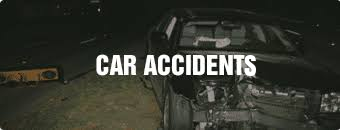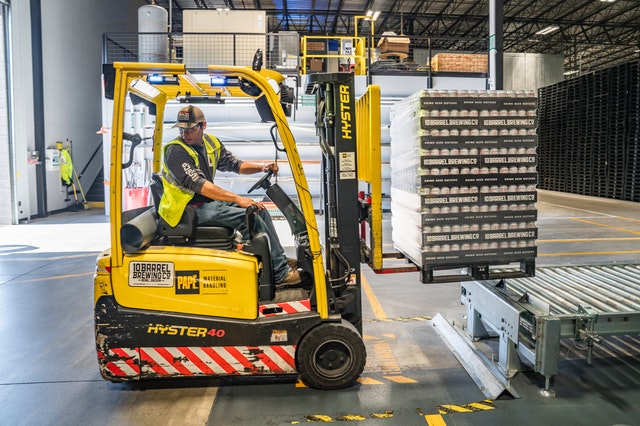Getting injured by a defective product can happen to just about anyone. This type of injury is not as uncommon as you may think. In fact, product defects cost the US economy as much as one trillion dollars every year. People are harmed or suffer losses because of products like medicines, electronic gadgets, and even toys. So, you must always be aware and cautious.
From the article we prepared below, you will learn how to prove a defective product claim, so you can get compensation for an injury caused by a product flaw. You will also understand when you’d need to contact a defective product lawyer, who can help you file your case.
What are the Kinds of Defective Product Claims
Before you file any type of claim for an injury caused by a defective product, you must know of the different categories all these claims fall under, which we have listed below:
-
Defect in the Manufacturing
This is the kind of claim where you should prove there was a defect in the product and that this was caused by an error when it was produced or made.
-
Defect in the Design
This type of claim is harder to prove, and evidence may be more difficult to come by. If you think a product was manufactured well but has a flaw in its overall design, then you need to prove that this error presents unreasonable risks and dangers.
-
Failure to Warn of Danger
You will have a case under this category if you can show that the risks and dangers of a product are not clear to the ordinary customer. For this type of claim, you can often prove product liability by exposing how the warnings and instructions were not enough for the usual consumer and were what caused a personal injury.
How Do You Prove a Defective Product Claim?
Now that you know the types of defective product claims, the next things you need to be clear about are the essential elements that will help you prove your claim. It is not enough to say that you were harmed while you were using the defective product. You must show exactly how the defect itself caused your injury.
-
You used the product as intended.
This is the key that will make a successful case. You must show that as you were using the product as it was supposed to be used, then you are not responsible for your injury or the defect found in the product.
-
There is a defect in the product.
You must have evidence that shows how somewhere in between the designing and manufacturing of the product, something happened to have caused a defect.
-
You were injured or suffered harm when you used the product.
It is imperative to prove that you were not just injured but also suffered harm in such a way that brought on emotional or financial loss. This type of loss could range from pain and suffering to medical expenses and lost wages.
-
The defective product caused harm or injury.
This element is where your defective product lawyer should draw a definite connection between the cause of your injury and the defect found in the product.
What to Do with a Defective Product?
Everything you have learned so far can’t be proven if you have thrown away the product that caused your injury. So, below we have listed the steps you should take in case you do get injured by a defective product. They are essential in protecting yourself and preserving the faulty product, which you need for your potential product liability claim.
-
Find a safe place to store the product.
Keep in mind that if you lose or damage the product, your ability to get compensation for your injury will be hurt considerably. This is especially true if the product defect was caused by an error during the production, which means that the flaw may not be found in most of the products that were manufactured.
So, if you have a safe and the product is small enough to keep in there, then store it there. If not, then keep the product in a place where it can’t easily be knocked over or fall off, or at least ensure that it’s stored someplace where it can’t be reached by your children or pets.
-
Gather pertinent documentation.
Remember that proving the defect of a product boils down to the evidence you can gather and provide. This begins with when and where you bought the product, which can be backed by receipts, warranties, and other documents that can help establish the date and place of purchase.
If you want to prove a failure to warn claim, then it is best if you have kept the original packaging as well.
-
Keep a record of your injuries and damages.
Aside from taking photos of the injuries you got due to a product defect, you must also keep all records of the medical treatment you underwent for them. Ultimately, proving that you bought a defective product is just one of the things you must establish. You also need to show that the defect in the product itself is what caused your injuries. If you have complete documentation of your injuries and the damages they incurred, you will have a solid case.
Did you injure yourself because of a defective product you just used? We have a team of defective product lawyers who can help you prove a defective product claim. Call Diamond & Diamond Lawyers today.
What Evidence Do You Need?
To make things easy for you, we have provided a list below of the evidence you need to back up your defective product claim.
- The defective product
- Product labels or marketing materials about the product
- Images or videos of your injuries, the incident when it happened, or the defect of the product
- Accident reports and testimonies from expert or bystander witnesses (if applicable)
- Medical receipts and payroll records to justify your financial losses
- Emails or memos that show how the manufacturer had prior knowledge of the defect
- Insurance documents, such as the policy covering the product
Canadian Law on Defective Products
Before you hire a defective product lawyer, you must understand the basics of the defective product law in Canada. This will not just help you build a case but will also allow you to grasp what you will be getting yourself into.
First off, you must understand that a manufacturer has three liability sources, and these are:
-
Liability Based on the Contract of Sale
If a sales contract states that a piece of equipment comes with certain materials or will perform specific functions and it does not, then the distributor or the manufacturer can be held responsible for damages to the buyer for breach of contract or misrepresentation.
-
Liability Based on Statutory Obligations
In Ontario alone, there are several warranties implied under the Sale of Goods Act. These warranties provide that sold goods are fit for a particular purpose and that “goods bought by description” are to be of commercial quality. If there is a breach of these warranties, then liability for damages may occur. This Act is intended to protect buyers of faulty products.
-
Liability to an End-User for Negligence
A manufacturer, distributor, vendor, installer, or anyone in the supply chain is responsible under the tort or negligence law if a product they sold caused someone personal injury, financial loss, or property damage. Under the Ontario tort law, a manufacturer or distributor owes any third party a duty of care if they sell products with the knowledge that without reasonable care in the production or use of their products injury might occur to the life or property of third parties.
Get Help from a Team of Defective Product Lawyer
Now that you have a good idea of what to do about proving a defective product claim, the next thing on your to-do list should be getting help from a highly qualified team of defective product lawyers. Contact Diamond & Diamond today to get a free consultation.
“Did you know that based on Insurance Information Institute data, the average personal injury award for a product liability claim was $3M? According to the same data, the median settlement amount for claims lodged in Canada and the United States is $5,275,103.”
Pro Tip














